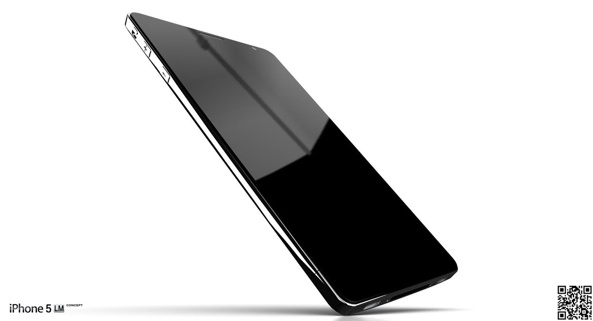Back in April, KGI Securities analyst Ming-Chi Kuo predicted that the Tenth Anniversary iPhone would undergo significant design changes, ditching the LCD screen and unibody aluminum casing for an all-glass enclosure and a wraparound AMOLED panel protected by curved 2.5 glass cover on the front.
In a new report issued to clients today, a copy of which was obtained by AppleInsider, Kuo says that there is “increasing likelihood” that all 2017 iPhones will have all-glass front and back, with a high-end iPhone 8 model adopting a stainless steel metal frame rather than aluminum.
Kuo says that the unexpected popularity of high-gloss Jet Black iPhone 7 models has prompted Apple to revise its strategy and give all 2017 iPhone models, not just a high-end one, glass front and back. The reasoning is that the popular Jet Black finish is more difficult to manufacture whereas glass is easier to produce while being more durable and scratch-resistant than the iPhone’s current aluminum housing.
All-glass design would give the upcoming iPhones a nice sheen like the glossy Jet Black surface. Based on pre-orders for the iPhone 7 and iPhone 7 Plus, Kuo estimated that Jet Black models account for as many as 35 percent of all sales.
While a glossy finish is possible for metal casing, we identify two prerequisites for the 2017 new iPhone to be competitive in terms of casing design, considering competitors will definitely launch smartphone models with glossy metal or glass casing prior to Apple’s launch: (1) adoption of a glossy finish design; (2) enhanced productivity and higher yield will prevent a supply shortage, as has happened with jet black casing, which is manufactured at an unsatisfactory yield rate of 60-70 percent due to the metal material; and (3) better scratch resistance will improve user satisfaction. All things considered, we see glass casing as the only option.
He added that a premium iPhone model will have stainless steel edges while entry-level iPhones may use a less spectacular aluminum frame.
Here’s another excerpt from the report:
Metal frame can be stainless steel or aluminum, with former more likely for high-end models. As all-glass casing is not possible at present given technological bottlenecks, a metal frame surrounding the edge is necessary for reinforced structure design. As stainless steel has a better look than aluminum and costs more, we expect only high-end new iPhone models to come with a stainless steel frame next year.
In other words, all iPhone models related in 2017 are now expected to have glass front and back, but only a high-end model will have the more durable and certainly shinier stainless steel edges.
Kuo added that 2017 iPhones may use curved 2.5D glass like the iPhone 6/6s/7 series versus the so-called 3D glass technology that is more curved at the edges and less durable in terms of withstanding accidental drops.
The entry-level 4.7 and 5.5-inch iPhone models should have an LCD display, while a new flagship model with a 5.8-inch edge-to-edge AMOLED display should be smaller than the current Plus models by vastly reducing, or completely eliminating the top and bottom chin—Apple is expected to conceal the Home button, Touch ID fingerprint sensor, earpiece and FaceTime camera beneath the screen.
Source: AppleInsider
